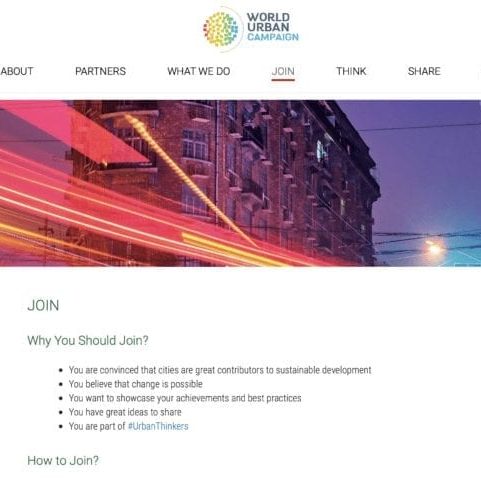Client: European Food Safety Authority
Listing of the client in no way affirms the client's support, sponsorship, or validation in any form of Risk Sciences International or the RSI staff member(s) who conducted this project during their stay with RSI or prior to joining the company. This case study is displayed for informative purposes only to demonstrate the capacity of RSI staff members. This case study reveals no proprietary information or information deemed sensitive.
EFSA Framework for Problem Formulation
To enhance the methodological rigour of its scientific assessments, EFSA sought to develop a standardised framework for problem formulation (PF) within its non-application scientific assessment protocols. The goal was to support the planning phase of these assessments by establishing a structured, reproducible approach for translating mandates into scientifically answerable questions. This included creating a framework that could guide the breakdown of complex assessment questions into sub-questions, develop conceptual models, and prioritise elements of the assessment based on their relevance and potential impact.
The project called for a revised classification of question types used across EFSA's scientific opinions, building on an earlier 2020 draft internal framework. This classification was to be informed by a review of EFSA opinions from the prior two years, covering both regulated and non-regulated product domains. In parallel, an overview of existing PF approaches was needed, including strategies for decomposing assessment questions and handling uncertainty.
A comprehensive PF framework tailored to the EFSA context was to be developed, incorporating structured guidance on the translation of mandates, question classification, sub-question formulation, and conceptual modelling. Additionally, the work included the creation of a practical decision tree to support the consistent application of the PF process. To demonstrate applicability, the framework was to be illustrated with showcase examples from selected assessment domains. The end result was to be a scientific report detailing the full framework and its methodological underpinnings.
Experts related to this case study
More RSI Case Studies
RSI presents a very small selection of case studies to highlight some of its key work.




















